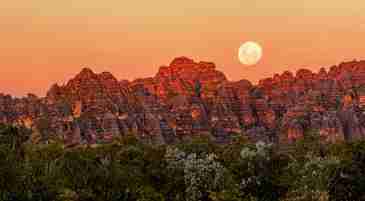
A 10 Day Kimberley Tour from Darwin
Posted on 21 August, 2018 in Kimberley, ToursThe Kimberley is a rugged and spectacular region of northern Western Australia and one of our favourite places to tour. It's a massive, remote area home to towering escarpments, epic gorges, secluded waterfalls, hot springs, abundant wildlife and much, much more. This year we've added an extra day to the itinerary, creating a 10 day Kimberley tour which now includes...
Read More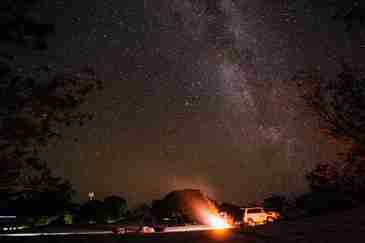
Bush Camping Tours
Posted on 10 August, 2018 in CampingAt Venture North we offer a variety of accommodation experiences dependent on the tour itinerary, the location and of course our guests requirements. From a luxurious suite on the cliff face of El Questro Station to a swag next to the fire in far East Arnhem Land, there’s endless options ranging from five stars to a million stars!
Read More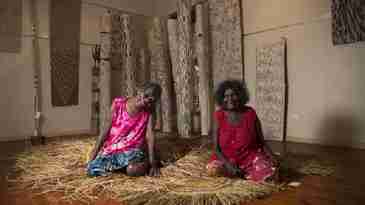
The Ultimate Arnhem Land Tour
Posted on 08 August, 2018 in Arnhem Land, Tours, Culture, Rock Art, CobourgExperience the world’s oldest living culture firsthand as we take you on an unforgettable journey through Arnhem Land. The tour travels overland from Nhulunbuy (Gove), along the Central Arnhem Road, up through Kakadu, culminating on the most northern tip of the Arnhem Land mainland; the Cobourg Peninsula...
Read More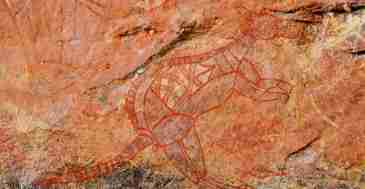
The Best Rock Art in Kakadu
Posted on 31 July, 2018 in Kakadu, Rock Art, CultureKakadu National Park is a living cultural landscape with World Heritage listed rock art sites throughout. Some sites have been dated at over 20,000 years old and provide a visual record of the the oldest living culture on earth. Within the Park there are 3 rock art sites open to the public and each offers something different and worthy of exploration. The 3 sites include; Ubirr, Nourlagie & the lesser known Nanguluwurr...
Read More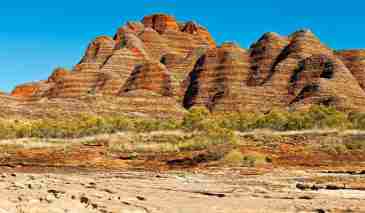
The Kimberley’s Beautiful Bungle Bungles
Posted on 22 July, 2018 in KimberleyWhen you think of Western Australia’s Kimberley region, you picture towering escarpments, secluded waterfalls and swimming holes, and red-dirt highways leading straight to the beating red heart of the Australian outback. But the jewel in the Kimberley’s crown is the mesmerising World Heritage-listed Purnululu National Park, home of the Bungle Bungle Range, which erupts from the scorched desert plains around 300 kilometres from Kununurra...
Read More© 2014 Venture North | ABN: 34 142 533 113 | Privacy Policy | Terms & Conditions
Darwin Web Design by Dash Media


